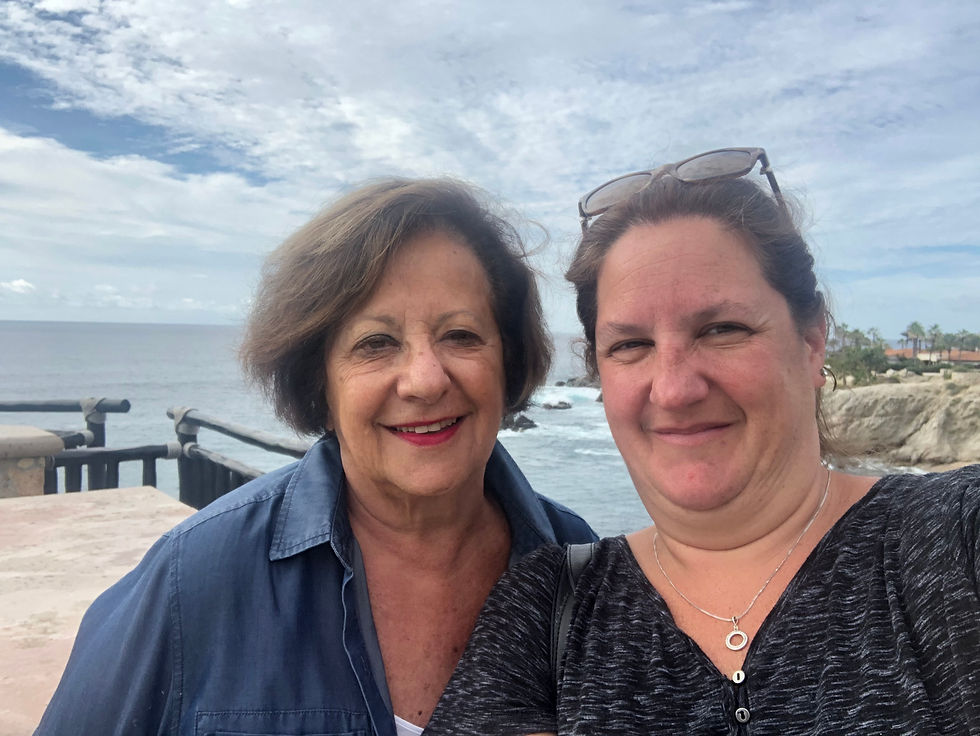Protecting Your Estate
- Lianne Ulin

- Jan 21, 2021
- 2 min read

Author: The Link Between
You’ve worked hard throughout your lifetime and this hard work has finally paid off. Perhaps you’ve accumulated assets beyond even those that you may need to enjoy a carefree and relaxed retirement that will eventually be passed on to your heirs. However, some of these assets can result in a tax liability upon your death, or on the death of your spouse.
So, what are considered assets? Well, your assets can be divided into three main groups:
Assets of a capital nature such as shares in public/private companies or a second home or vacation property.
Assets that generally produce income on your death such as registered assets (RRSPs or RRIFs) or assets that are taxed as income such as interest bearing assets (GICs or money market funds).
Assets that are either fully tax paid or do not attract tax upon death such as cash and TFSAs, a principal residence, as well as the tax-free proceeds from a life insurance policy.
Most people want to keep these assets – their estate – intact in order to pass them on to their family, their loved ones. To do this, it’s important to understand the best way to fund this tax liability post death so that your assets can be passed down without obstacles. There are typically four options when it comes to providing the liquidity that you need to pay your taxes upon death; some of the advantages/disadvantages of these are:
Liquidate your assets – business cycles and the state of the markets are critical when it comes to the value of an asset, but you have no way of knowing what this will be at your death. Additionally, the sale of your assets by your estate often signals to the purchaser that there is a degree of urgency, which does not help your estate realize the full value.
Borrow funds – usually, this involves using assets as security, which can be a little risky. When it comes to estates, typically the main objective is to distribute the assets to the beneficiaries. Borrowing against the assets, which will likely require pledging them as security, makes this more difficult. Further, it is not possible to predict the market conditions at the time of death; financial institutions go through cycles, as do loan rates.
Create a cash reserve – this will require you to save, save, save throughout your lifetime and is not necessarily the most practical option, since you do not know when death will occur and whether there will be ample cash available at that time.
Purchase life insurance – this allows you to transfer the risk in advance and remove many of the risks associated with funding the tax liability upon death. The death benefit provides liquidity at exactly the time that you need it, and in Canada, is paid tax-free to your named beneficiary.
When planning for your estate, it’s important to assess your current and future tax liabilities to determine the best solution for your situation, ensuring your estate remains intact and can be passed on to your loved ones.




Comments